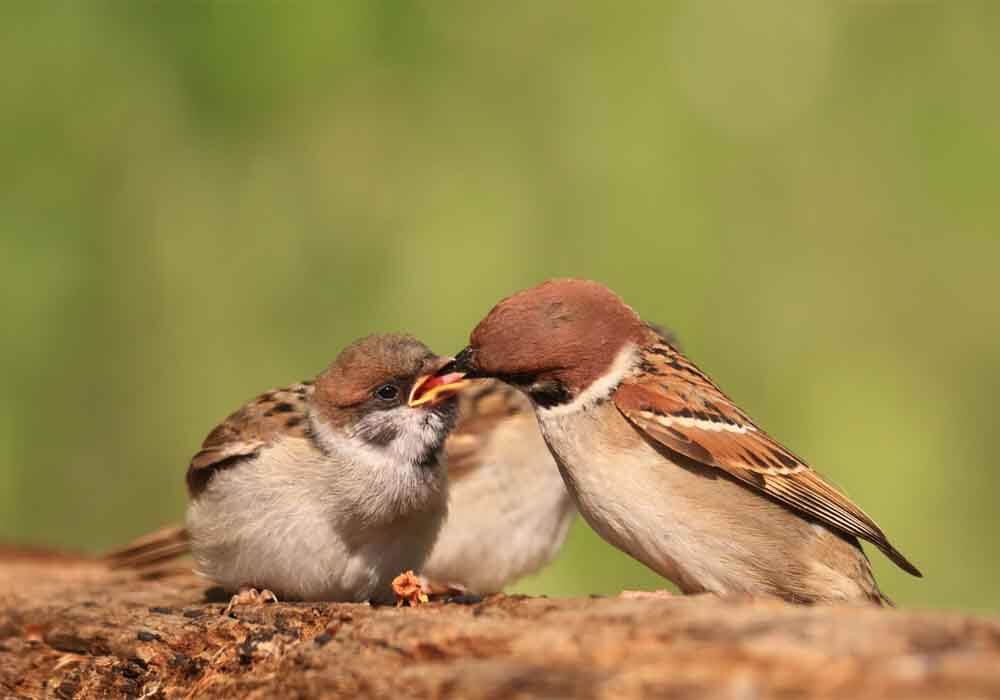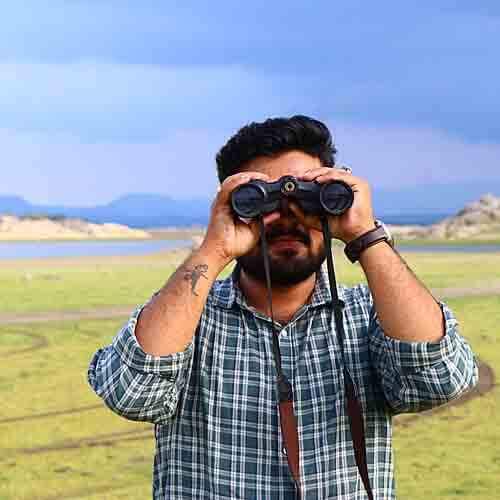How Do Birds Learn To Fly?
All creatures are born with an instinct to run, swim, or fly. Unfortunately, instinct alone isn’t enough to launch a baby bird out of the nest. So how do birds learn to fly?
Birds learn how to fly under the hawk-eyed guard of their parents. They leave the nest anywhere from nine to 50 days after hatching and are closely supervised by their parents. Once their muscles and feathers have developed, the mother bird repeatedly coaxes the fledgling out of the nest using food.
Over time, the fledgling grows in confidence and begins flying on its own. This article will explore fledglings’ journey from bumbling babies to graceful, gliding adults, so continue reading to learn more about this incredible life cycle.
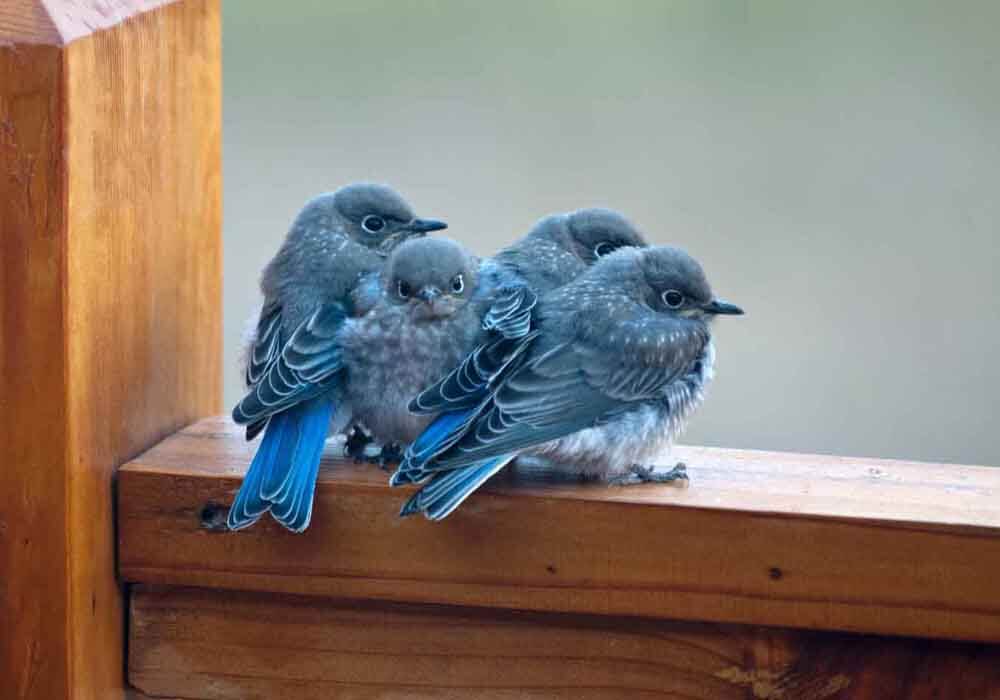
Bird Parents Teach Their Babies How To Fly
Fledglings learn to take to the skies through a combination of nature and nurture. They feel compelled to fly from birth but can’t successfully do so without guidance from their mothers.
Learning To Fly: Tough Love and Positive Reinforcement
Flying lessons are a blend of tough love and positive reinforcement. Mother birds coax their fledglings out of the nest using food and move progressively farther away from the nest to encourage the babies to become more adventurous.
Knowing they need the food to survive, the fledglings take the bait until they’re forced to take to the air.
This often means the fledglings end up falling to the ground. This sounds rather harsh on the mother’s part, but it’s a vital life lesson that will instill a heightened sense of survival and problem-solving in the fledgling.
Though some bird parents take a co-teaching approach to first flight, it’s more often the mother’s guidance that encourages the babies to leave the nest.
Sometimes mother birds are seen to forcibly push the babies out of the nest, giving them no choice but to learn to fly to survive. The more the fledgling tries and succeeds, the more it understands succeeding is rewarding and the harder they try to succeed. how do birds learn to fly
The mother doesn’t just leave the baby to its own devices but watches over from above in case a predator approaches and threatens her young. However, the baby has to flex and flap its wings until it can get to the food that the mother offers.
If you find a fledgling on the ground, you’ll do a disservice by picking it up and moving it unless it’s injured.
However, if you see a nestling or hatchling (essentially a newborn bird without feathers) on the ground, you should return it to the nest or a nearby tree where predators are out of reach.
Watch a young condor taking her first tentative leap into the unknown,
guided by her parents, in the video below.
From this documentation of the first flight, we can see that the fledgling learns from watching her father’s example and from her parents nudging her off the cliff in a tough-love attempt to encourage her natural instinct for flight.
Mother Birds Communicate With Their Babies
It’s doubtful that a mother bird will lose its baby if it falls. Fledglings and their mothers communicate using identical chirps, clicks, and songs that the mother teaches the baby from the moment it hatches.
These sounds and calls are unique to the pair, allowing mothers and babies to identify each other.
In fact, they’ve been found to have numerous calls for different purposes, each producing a different effect, the “begging for food” call being the most well-rewarded, which comes in handy during their flying lessons.
Baby birds and baby humans have more in common than many people realize, though bird mothers are a little more extreme in their teaching methods. Read more about “language” learning in baby birds here.
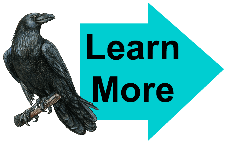
How Can Birds Fly Long Distances? Some birds migrate thousands of miles...but how do they do it? This article of mine explore this fascinating question.
How To Identify a Fledgling Bird
Identifying a young bird’s life stage can mean the difference between saving its life and annoying its mother during a flying lesson.
Fledglings you find on the ground don’t need your help - they’ll struggle more with human interference. A fledgling is a young bird with its first coat of adult feathers and can move, run, and flap its wings on its own.
A fledgling is a bird on the brink of adulthood, so struggling is part of its life. It’s on its way to living independently; let it be.
Younger birds found on the ground may need extra assistance, though. Nestling babies are more developed than hatchlings, but they’re still not ready to leave the nest, fly, or survive without help from their parents. They have patchy, downy feathers.
If found on the ground, place it in a safe place like a tree branch, and try not to handle it too much. The mother will call out to it, then likely find it and make a plan of her own.
Hatchlings are a different story. Hatchlings are newborn, or newly hatched, baby birds. Their eyes aren’t open, and they typically don’t have feathers, although some species of birds hatch with feathers.
Hatchlings are totally defenseless, so if you find a hatchling on the ground and it appears that its parents are nowhere in sight or there are predators around, leaving it to flounder could be fatal. Move it to a safe space and call your local vet for assistance.
Can Baby Birds Learn To Fly Without Their Parents?
It’s a dog-eat-dog world out there; unfortunately, some baby birds aren’t spared the tragedies that come with a life in the wild.
Baby birds that lose their parents can still learn to fly, whether they’re a beloved pet parrot or a falcon raised for release. Birds can learn how to fly through encouragement from human handlers and ancient bird instincts.
This shows that, although learned behavior is crucial for socialization and survival in the animal world, biological imperatives like running and flight will emerge no matter the circumstances.
If a bird is raised by a human handler, it’s vital that they give the bird space and encouragement to spread its wings and indulge in biological imperatives.
Release isn’t always an option, so even if a predator bird can’t hunt or breed, they still need to be fed a diet and exposed to stimuli they encounter in the wild.

You've learned how do birds learn fly, now learn Why Do Birds Fly. My article here reveals reasons you might not have thought of.
What Happens if Birds Don’t Learn To Fly?
Birds with the ability to fly do so to:
- Hunt for food
- Escape larger predators
- Migrate during the winter months
Naturally, birds who never learn to fly cannot do any of this, so they’ll struggle to survive in the wild.
A flightless bird is highly vulnerable to predators with little to no means to escape and has a much slimmer chance of finding enough food to sustain them. They also won’t be able to migrate and are more susceptible to dying in cold conditions in which they aren’t equipped to thrive.
If you come across a bird that you suspect is injured, observe it. If the circumstances are as follows, leave the bird alone:
- If the bird is a fledgling that can walk, run, or flap its wings.
- If the bird’s parent/s are nearby.
- If the bird is perched on a branch, unmoving. It could be resting or digesting a meal.
However, you should approach the bird if these aren’t the conditions. It may be injured if it doesn’t move or attempt to fly away. In that case:
- Move the bird away from any predators that may be present, such as cats or dogs. Place it in a tree where it can recover on its own safely.
- If the bird is extremely young or is obviously injured, take it inside and place it in a well-ventilated yet enclosed space, like a shoe box. Don’t feed the bird or handle it too much. Instead, contact your local wildlife rehabilitation center or vet.
- Keep the bird in a quiet space away from water, pets, or children until the vet arrives. This may take some time, as they’re pretty busy. Don’t force-feed the bird, as it could choke if fed incorrectly.
You can find your nearest wildlife rehabilitation center and their contact details on The Humane Society of The United States website.
Birds raised in captivity who can’t fly don’t face the same environmental consequences as wild birds. They have a consistent food source, a safe shelter, and no predators to evade.
Birds raised in captivity live significantly longer than wild birds, so a tamed bird who can’t fly will still have an excellent quality of life, perhaps better than they would’ve had in the wild.
How Do Birds Learn To Fly...Conclusion
Birds rely on encouragement from mentors (both avian and human will do) to learn bird behavior that will keep them alive, including flying.
However, the best teacher for a fledgling is instinct. Instinct drives them forward and keeps them alive in various circumstances, even without parental supervision.
Back To The TOP Of This How Do Birds Learn To Fly Page
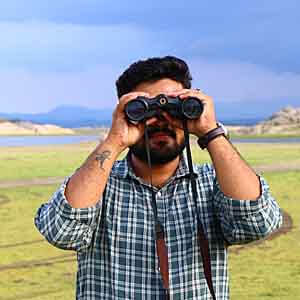
About the Author...
Richard Worden, a dedicated bird lover for over 20 years, I love to share my in-depth knowledge and passion for birds. Read more About Me and my expertise in this field.
- We Know Birds HOME ›
- Bird Flight and Nesting Facts ›
- How Do Birds Learn To Fly?
